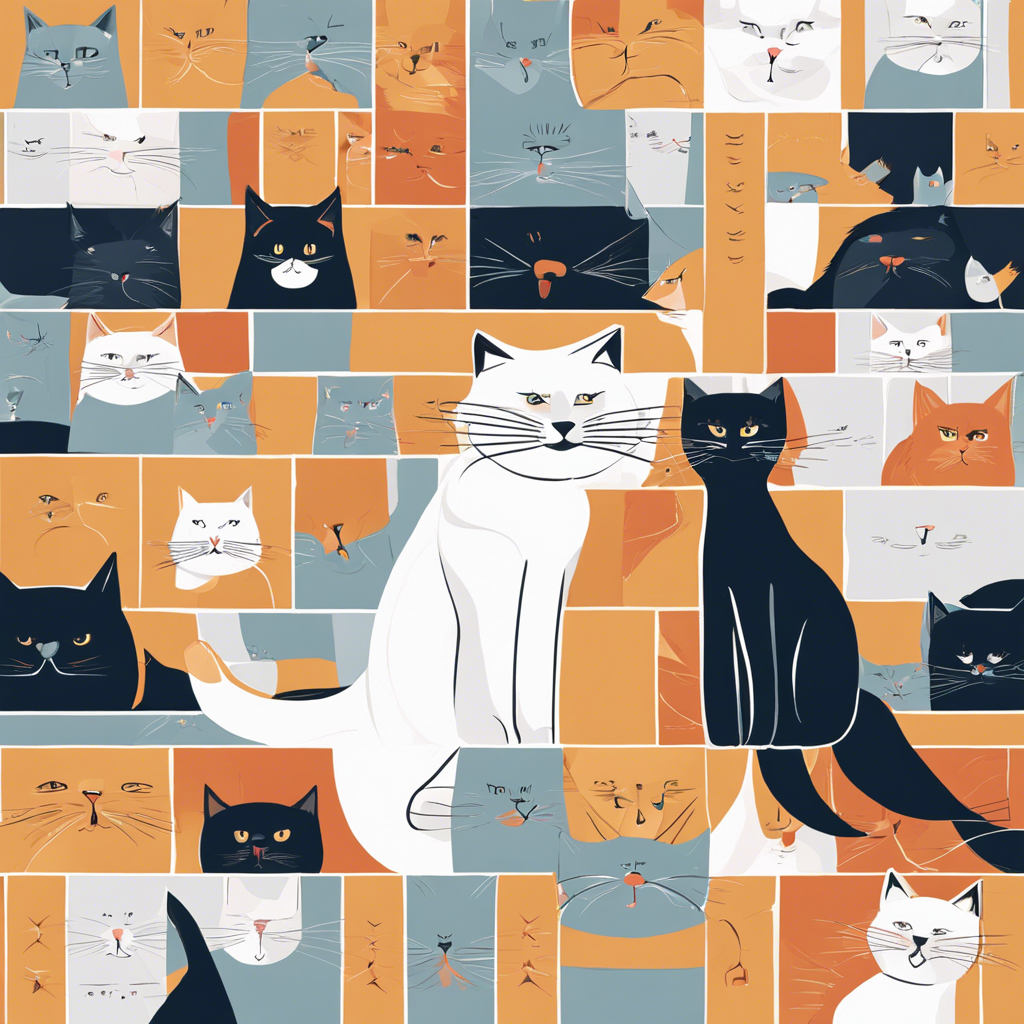Understanding your cat’s body language is like unlocking a secret code that allows you to truly comprehend what your feline friend is trying to convey. Cats are fascinating creatures, adept at expressing a wide range of emotions through subtle movements and postures. By paying close attention to their body language, you can strengthen the bond between you and your cat and ensure their well-being.
One of the most telling aspects of a cat’s body language is their tail. A happy and content cat will typically hold their tail high, sometimes even with a slight curl at the tip. This is often accompanied by a relaxed posture, where your cat may stretch out and expose their belly, inviting you for a potential cuddle session. Conversely, a lowered or tucked tail can indicate fear or aggression. If your cat’s tail is puffed up, resembling a bottle brush, it’s a clear sign of distress or feeling threatened. Keep an eye out for these tail signals to better understand your cat’s emotional state.
Feline facial expressions also play a significant role in their communication. A calm and relaxed cat will have slightly narrowed or slow-blinking eyes, often referred to as ‘kitty kisses.’ This is a sign of affection and trust. On the other hand, dilated pupils and rapid blinking may indicate excitement or stress. The position of their ears is equally important. Erect and forward-facing ears show curiosity and engagement, while flattened ears signal discomfort or defensiveness.
When it comes to interactions, a cat’s body posture can reveal a lot about their intentions. A friendly cat will approach with a relaxed body, often with a slight curve, and may gently rub their head or body against you. This is their way of marking you with their scent and showing affection. Conversely, an arched back, raised fur, and sideways stance indicate fear or aggression. Understanding these cues can help you navigate your cat’s emotions and respond appropriately.
